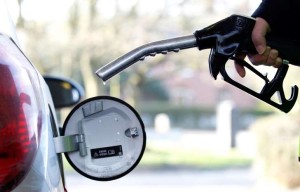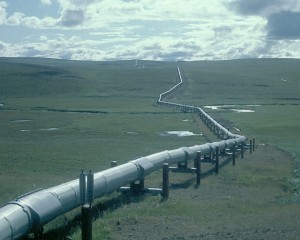The president of the United States says Americans should “give thanks” to Saudi Arabia for the relatively low cost of gasoline.
I don’t think I’ll do that.
I will give thanks instead to a domestic energy policy that has enabled the United States to achieve energy independence. I’ll give thanks to a president, Barack Obama, who had the foresight to insist on an energy policy that sought to develop alternative sources of energy.
I’ll also give thanks to automakers for developing more fuel-efficient motor vehicles. My wife and I own one, a Toyota Prius, that we gas up about every, oh, three or four weeks.
No, I don’t believe the Saudis are our friends. They are murderers. The president likes to foment fear of terrorists coming to this country from Latin America. Hell, the Saudis are the breeding ground for terrorist monsters; 15 of the 19 hijackers who flew those commercial jets into the Twin Towers and the Pentagon on 9/11 hailed from Saudi Arabia.
Am I going to give thanks to Saudi Arabia for anything? Cheap gasoline? Energy independence? For their alliance with us against Iran and other hardline states in the Middle East?
Hah! Hardly.


